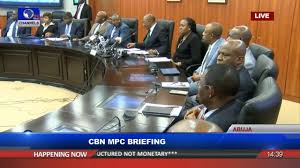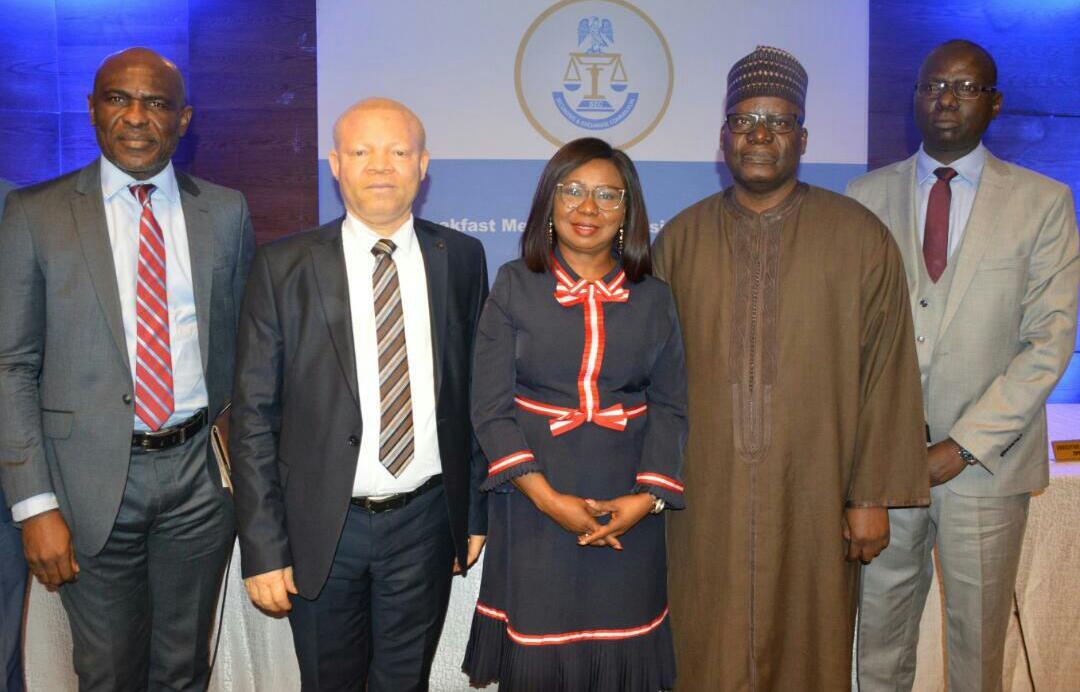First 2017 MPC meeting Holds rates unchanged, on unstable domestic, global outlook

At the end of the first meeting of the Central Bank of Nigeria (CBN’s) Monetary Policy Committee (MPC) in this year, members decided to keep all rates on hold with the benchmark interest rate (MPR) at 14% (with the symmetric corridor around the MPR retained at +200bps/-500bps), the Liquidity Ratio (LR) at 30% and the Cash Reserve Requirement (CRR) on deposits at 22.5%.
This decision was correctly predicted by many economists and analysts that until clear fiscal policy direction and structural reforms that will reflate the economy at this current situation, rate adjustment will not be the best at this point. Others agree that the CBN’s role is price stability and engendering economic growth, using a combination of three monetary tools: inflation, interest and exchange rate.
The CBN is expected to use the three tools at once, because high interest and inflation rates will lead to low economic output that negates its role of driving economic growth. It is expected that the CBN can equally use the MPR and exchange rate policy to check inflationary pressure that had continually pushed rate up in the 12 months of 2016.
It is obvious from the MPC meeting that the committee has exhausted all its bullets at this point meaning they cannot hike rate or cut until the needed improvement or measure from the fiscal policy start reflecting on the economy, improved recovery in non-oil output and a more stable exchange rate.
According to Godwin Emefiele, the CBN Governor, any immediate rate cut will likely worsen inflationary conditions and undermine the current outlook for stability in the foreign exchange market. The MPC anticipates that output growth will be positive in the short to medium term as prior policy lags converge and as the fiscal space becomes more accommodative. It is optimistic that the ongoing interventions in the agriculture sector will play a big role in driving non-oil output.
The Committee also expects a moderation in consumer prices throughout 2017 on the back of positive developments in the food sub-sector and as base effects kick in. Downside risks to the MPC’s outlook include a slower than expected global growth, fluctuating oil prices and the incidence of pipeline vandalism in Niger Delta.
The tone on FX remains aggressive as the MPC intends to continue with efforts targeted at curtailing FX demand pressures and will look even to directly moderate growth in narrow money in 2017. Market interventions are also expected to hold sway at the interbank FX market.
We expected rate cut at this point to help businesses having access to funds at cheaper rate that will boost national output and reduce unemployment to a level and also reduce cost of local production which will reflect on the prices of this products and service provided locally. But it is unfortunate, that at the first meeting of the Federal Executive Council (FEC) in 2017, no policy direction was given to guide expectations from government in the New Year and investors in planning their investment in 2017.
As it stands, CBN is likely to maintain its position monetary policy tightening until clarity is given in the course of the year.






